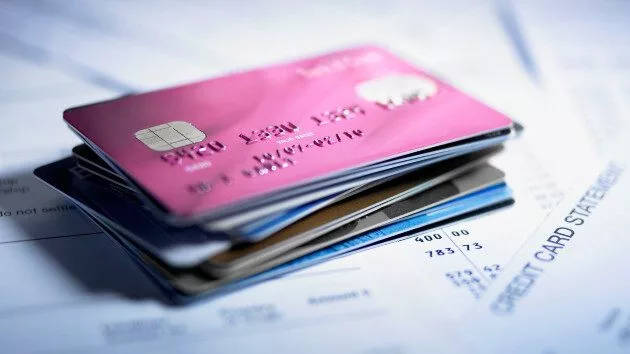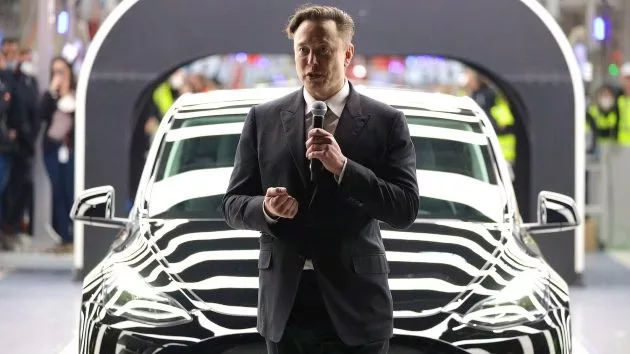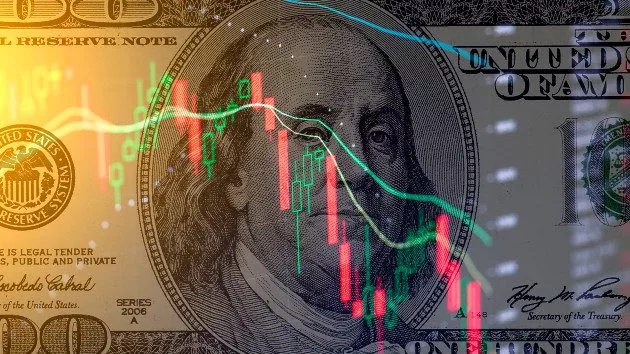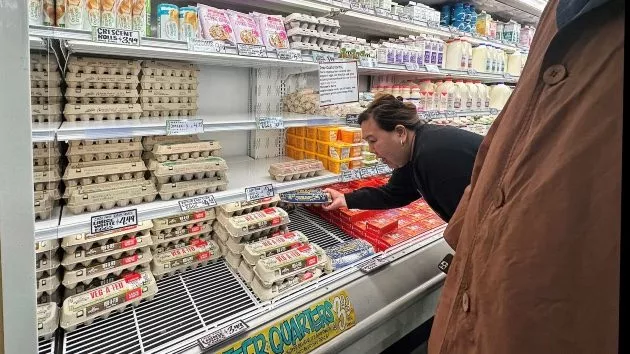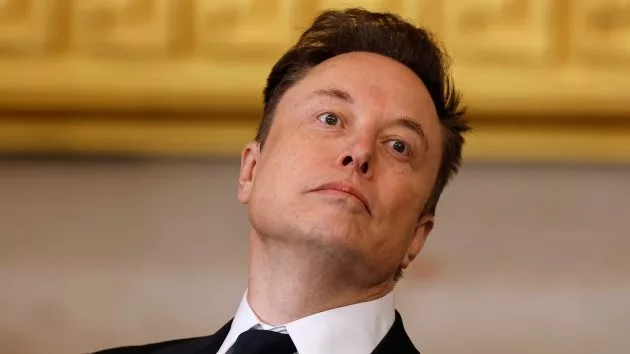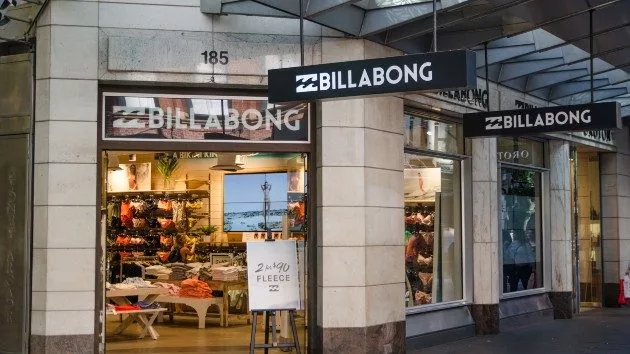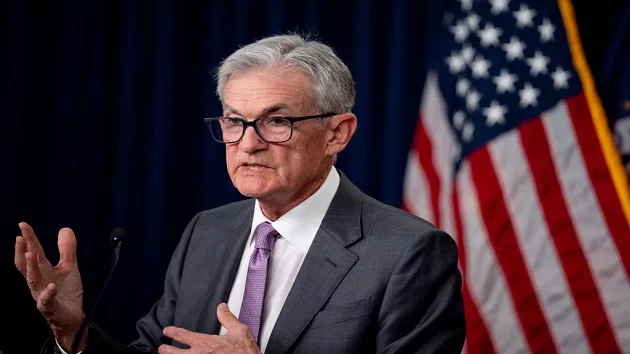
(NEW YORK) — Inflation has loomed over the U.S. economy like a movie villain, haunting grocery store trips and gas runs. While costs remain much higher than they were a few years ago, those rapid price increases have mostly vanished.
Inflation stands at its lowest level in more than three years, hovering right near the Federal Reserve’s target rate of 2%, U.S. Bureau of Labor Statistics data this week showed.
Not long ago, a once-in-a-century pandemic upended the economy, sending millions nationwide into lockdown and snarling the global supply chain. Meanwhile, trillions of dollars in government support helped Americans spend amid the calamity.
A resulting imbalance between supply and demand sent prices soaring. The Russia-Ukraine war exacerbated the problem, causing gas and food shortages. Within a few years, the massive issue has largely been resolved.
“This was the highest inflation over the longest period that we’ve seen in decades. It was serious,” Claudia Sahm, chief economist at New Century Advisors and a former Fed official, told ABC News.
Here’s what to know about how inflation has come back down:
Repaired supply chain
During the pandemic, factories worldwide shut down. Workers stayed home for fear of getting sick. Freight ships waited off the coast of overwhelmed U.S. ports.
The pandemic clogged the global supply chain, imposing shortages for everything from cars to lumber to exercise equipment. Meanwhile, people stuck at home focused their spending on those exact sorts of products, since COVID-19 shutdowns prevented them from going out to eat or taking a vacation.
When too much money chased after too few products, prices climbed.
“The pandemic was the root of all evil in the economy,” Sahm said.
When lockdown rules were lifted, demand for goods slowed and manufacturers revved up production as workers returned. The nation’s ports loosened up the backlog of container ships, cutting freight prices dramatically and lowering costs for retailers.
Economists disagree over the role that elevated corporate profits played in driving inflation, as some say they account for more than half of the increase in prices while others say they have caused little or none of the hikes.
In some cases, the easing of supply chain blockages took months or even years to work their way through the global economy.
Take car prices, for example. When semiconductor production slowed nearly to a halt, carmakers lost out on a part necessary for production. Car prices skyrocketed, sending many consumers to the used car market. In turn, used car prices soared. So did costs for car repairs and, as a result, car insurance.
“Those have all now unwound,” William English, a professor of finance and former economist at the Federal Reserve, told ABC News.
Interest rate hikes
In response to rising inflation, the Fed embarked upon an aggressive series of interest rate hikes. Beginning in 2021, the Fed rapidly hiked interest rates, eventually putting borrowing costs at their highest level in more than two decades.
In contrast with the supply chain fixes, the interest rate hikes aimed to address the other side of the equation driving inflation: excess demand.
In March 2020, then-President Donald Trump signed into law a $2.2 trillion economic stimulus package, including direct payments of $1,200 and expanded unemployment insurance, among other measures. Months later, in December, Trump enacted a second $900 billion round of government support.
The following year, President Joe Biden signed a $1.9 trillion economic stimulus package of his own, including another round of $1,400 direct payments as well as an expansion of the child tax credit.
The government support helped buoy demand, even as the pandemic posed major challenges for the supply chain and decimated the service economy made up of sectors like restaurants and hotels.
“Now you have money, and nowhere to go and buy things,” said Hernan Moscoso Boedo, an economist at the University of Cincinnati.
By raising interest rates, the Fed made borrowing more expensive for consumers and businesses alike, making it difficult for them to take on loans for big purchases or large investments.
“Over the last few years, we’ve seen less money in the market because of the interest rates,” Boedo said, adding that the reduction of demand has helped ease prices.
Last month, the Fed reversed course, cutting interest rates by half a percentage point and dialing back the fight against inflation. While interest rates remain high relative to recent decades, the landmark shift suggests that the Fed considers the end of the inflation battle to be in sight.
“They’re close to being done,” Boedo said.
Copyright © 2024, ABC Audio. All rights reserved.



